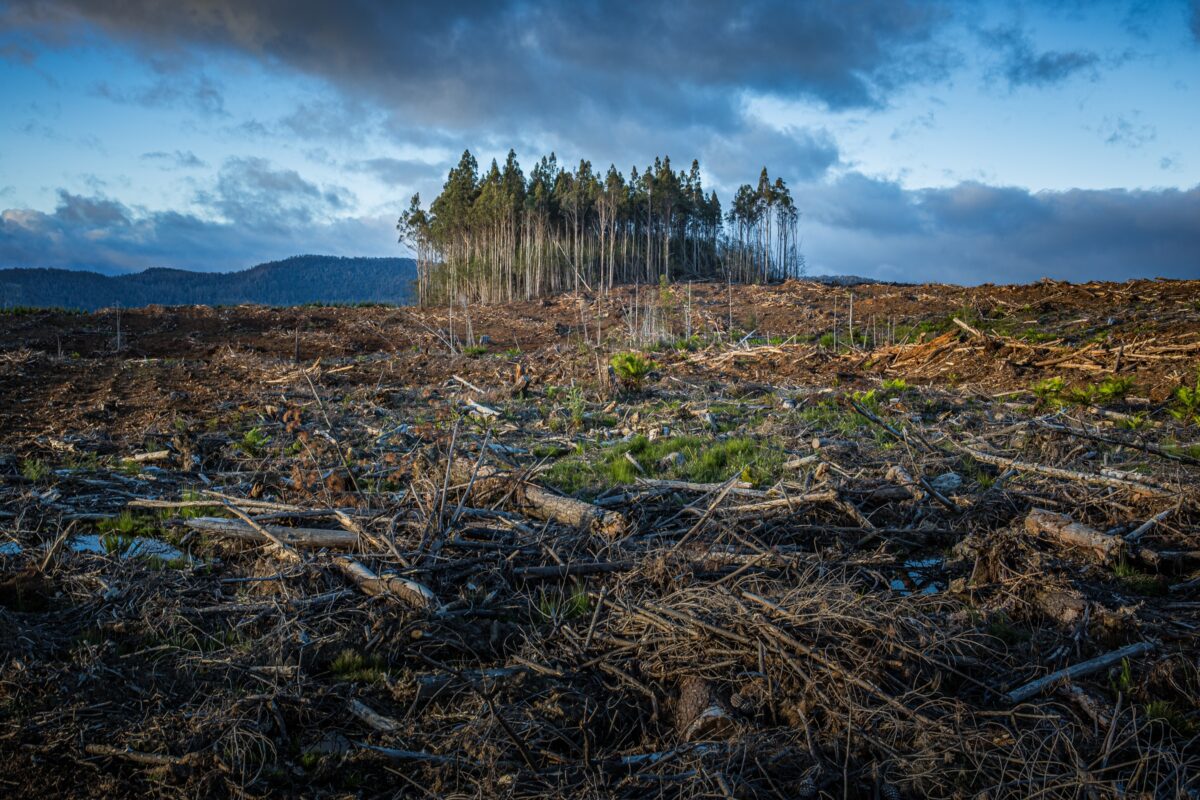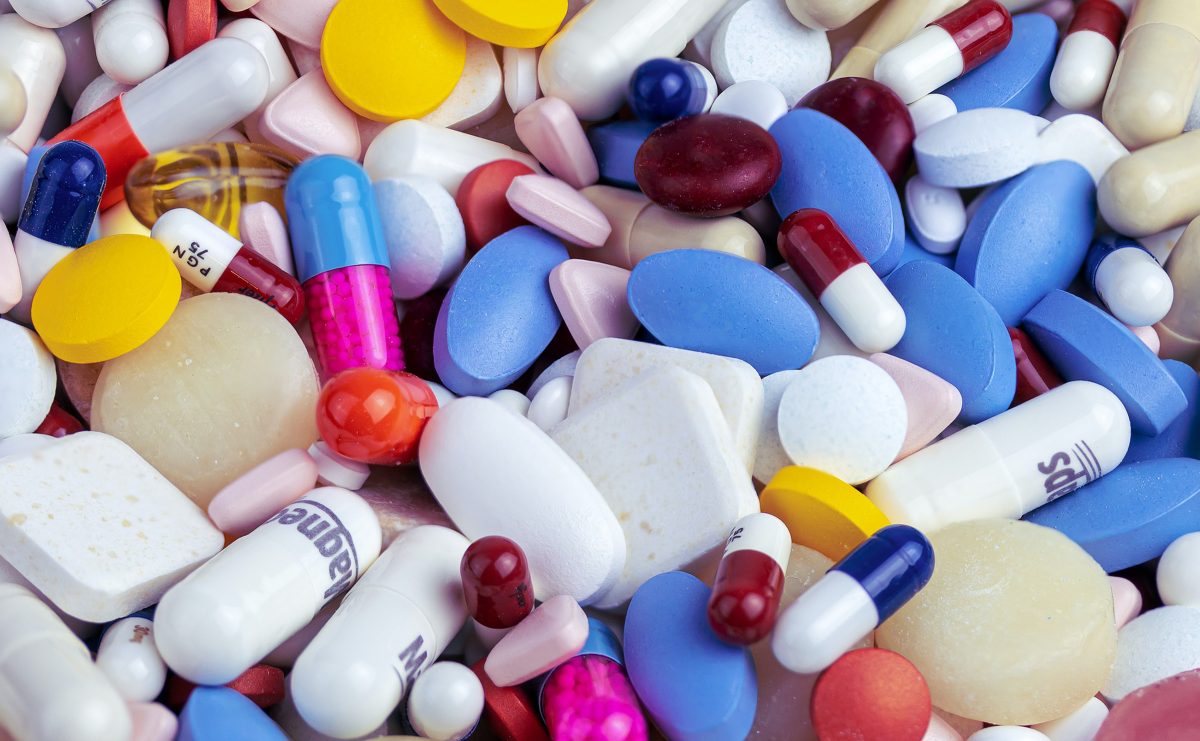The chemistries of nanomaterials can be tweaked to alter how plants respond to fungal pathogens.
Most, if not all, of the produce in your kitchen is likely to be infected with fungi. Inoa, wheat, potatoes, and maize are among the world’s food staples that are under pressure. Our coffee, sugarcane, bananas, and other economically valuable crops are also at risk from pathogenic fungi. Fungal diseases wipe out a third of all harvests each year, posing a serious threat to global food security.
Farmers fumigate the soil with poisonous chemicals to avoid the spread of fungal diseases, destroying the ground and killing all the beneficial microbes that live there. Alternatively, they spray fungicides on the plants. Fungicides, on the other hand, are only successful in the short term, before pathogenic fungi develop resistance to these synthetic chemicals.
Now, a new concept is gaining traction: assisting plants in standing their ground by providing them with the resources they need to fight their own battles.
Plants are being fortified with nutrients fashioned into nanosized packages, which improve plants’ innate immunity against pathogenic fungi more effectively than conventional plant feeding, according to a team led by Jason White, an environmental toxicologist at the Connecticut Agricultural Experiment Station in New Haven. Over the past few years, the researchers have devised various nanonutrient concoctions that boost the fungal resistance of soybeans, tomatoes, watermelons and, recently, eggplants, as reported in the April Plant Disease.
The concept “tackles the challenge at the origin rather than trying to put a Band-Aid on the [problem],” says Leanne Gilbertson, an environmental engineer at the University of Pittsburgh who was not involved in the research.
White’s approach gives plants the nutrients they need to start producing enzymes that protect them from pathogens. She claims that since no synthetic chemicals are used, the technique eliminates the possibility of malignant fungi developing resistance.
The nanomaterials approach of the researchers was inspired by their earlier discovery that nanoparticles transported up from maize roots would loop back down from the leaves. Half of the root fibers of a single maize plant were dipped in a copper nanoparticle formulation and the other half in pure water, according to the researchers.
White and his colleagues published in Environmental Science & Technology in 2012 that copper was found in the water-dipped roots, indicating a roots-to-shoot-to-roots roundtrip. This result suggested that nanoparticles could be introduced directly to the leaves in the first place, even though the roots were the intended destination.
Using the leaves as an entry point circumvents a long-standing issue: delivering dissolved nutrients through the soil is inefficient. Chemicals can degrade in the soil, vaporize in the air, or leach away. Just about 20% of watered-in nutrients make it to the plant’s target areas.
“By using the nanoscale form, we can actually more effectively deliver [nutrients] where we want it and where the plant needs it,” White says.
White and colleagues tested this method in eggplants and tomatoes to see whether it could provide nutrients explicitly required in protection against aggressive fungi. The researchers sprayed metallic nanoparticles onto young plant leaves and shoots, then contaminated them with pathogenic fungi. The team reported in 2016 in Environmental Science: Nano that the nanoparticle-treated plants had higher levels of nutritional metals in the roots and higher produce yields than the plants fed readily dissolved nutrients.
The researchers discovered that the nanoparticles did not damage the fungi: the fungi were able to survive in the presence of nanoparticles in the atmosphere without the presence of the host plant. Instead, the antifungal properties of the nanoparticles derive from their ability to provide plant nourishment — analogous to humans taking dietary supplements — allowing plants to mount an effective protection on demand.
According to Fabienne Schwab, an environmental chemist who was not involved in the study, what makes nanonutrients more potent than traditional fertilizers is the sweet spot in their sizes, which controls how quickly they dissolve.
Nanonutrients are thousands of times smaller than the diameter of a human hair and thousands of times greater than nutrient salts that are easily dissolved. They dissolve faster than a heftier chunk of the same nutrient because they have a wide, exposed surface. Nanonutrients, on the other hand, are large enough to not dissolve completely at once, allowing nutrients to be released progressively over weeks. Plants, on the other hand, get a temporary nutrient boost from readily dissolved nutrients, similar to a sugar rush.
“When you use [nutrients] at the nanoscale, you can tune the solubility pretty much the way you like,” says Schwab, of the Adolphe Merkle Institute in Fribourg, Switzerland.
The form, composition, and surface chemistries of a plant can all be changed to induce different levels of response. For example, White and his colleagues discovered that nanometer-thin copper oxide sheets prevented Fusarium virguliforme infection in soybeans better than spherical copper nanoparticles. The nanosheets’ faster release of charged copper atoms and better adhesion to leaf surfaces were the secret to their effectiveness. The team published their findings in Nature Nanotechnology in 2020, claiming that the copper nanomaterials restored the soybeans’ masses and photosynthesis rates to those of disease-free plants.
“It’s a very exciting technology,” Schwab says, but she adds that there are other factors to consider before putting it into practice. If agricultural nanotechnology is to gain widespread adoption, it must adhere to environmental and safety legislation, as well as resolve market skepticism, which may be even more difficult. So far, White and his colleagues have discovered no residual nanonutrients in their produce that would end up on consumers’ plates. However, other ramifications, such as the nanomaterials’ longevity in the atmosphere and the dangers they pose to human handlers, remain unknown.
“People in general get nervous when you talk about nanotechnology and food,” says White. But he says his group isn’t using any exotic materials, whose health impacts remain complete enigmas. Instead “we’re using nutrients the plants need [that] they just can’t get enough of.”
White claims to have consumed the eggplants, peppers, and watermelons he cultivated for his study. Perhaps the only guarantee customers can get is to see a toxicologist eat the literal fruit of his labor.




